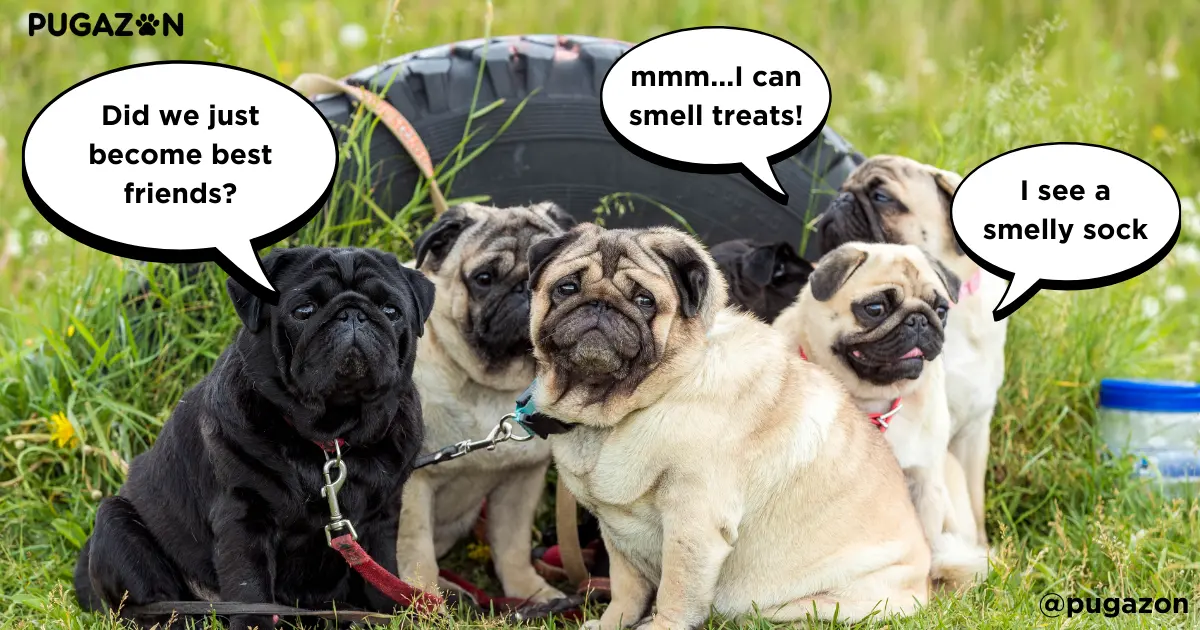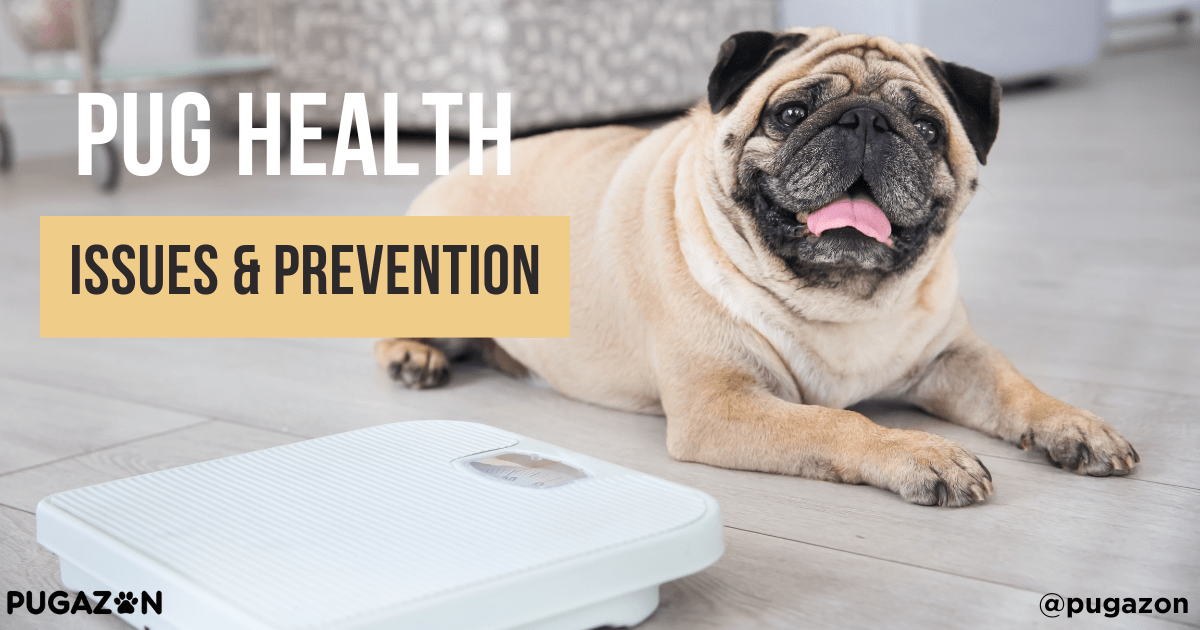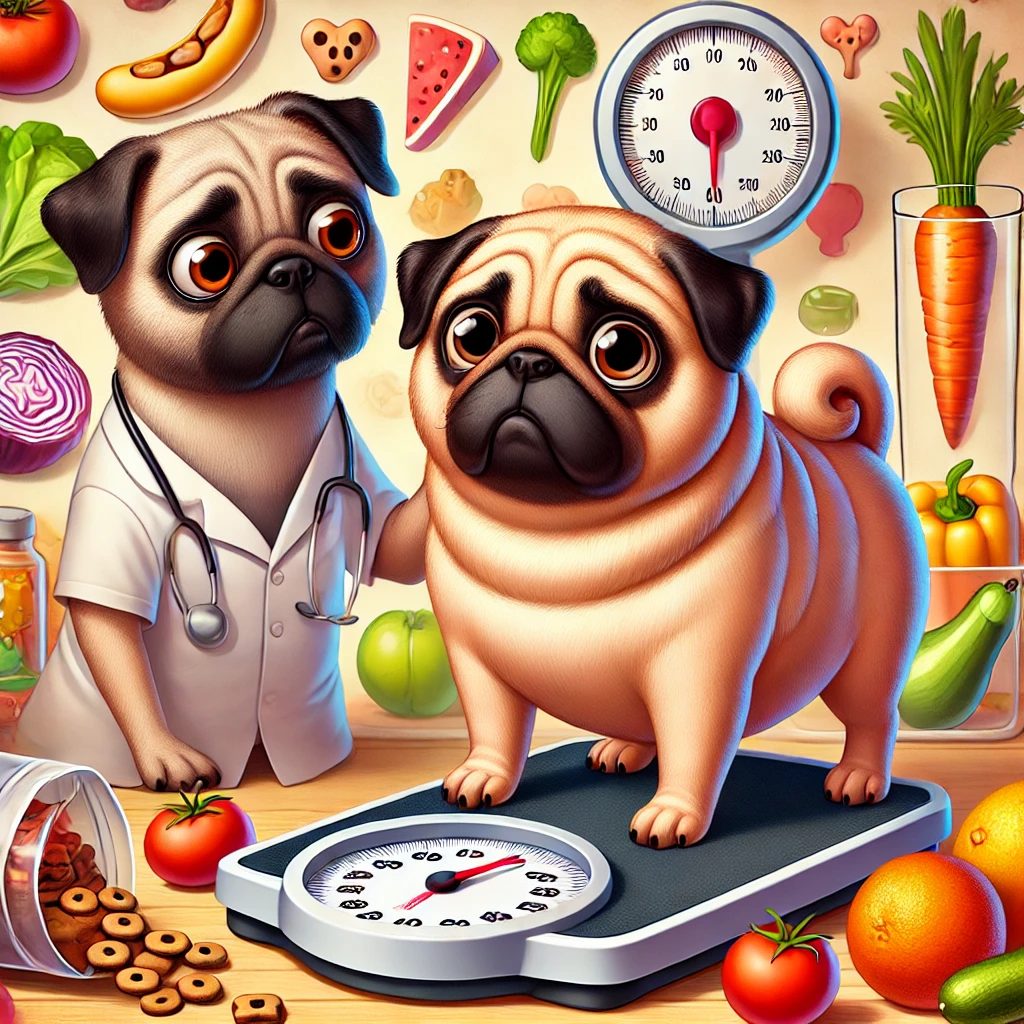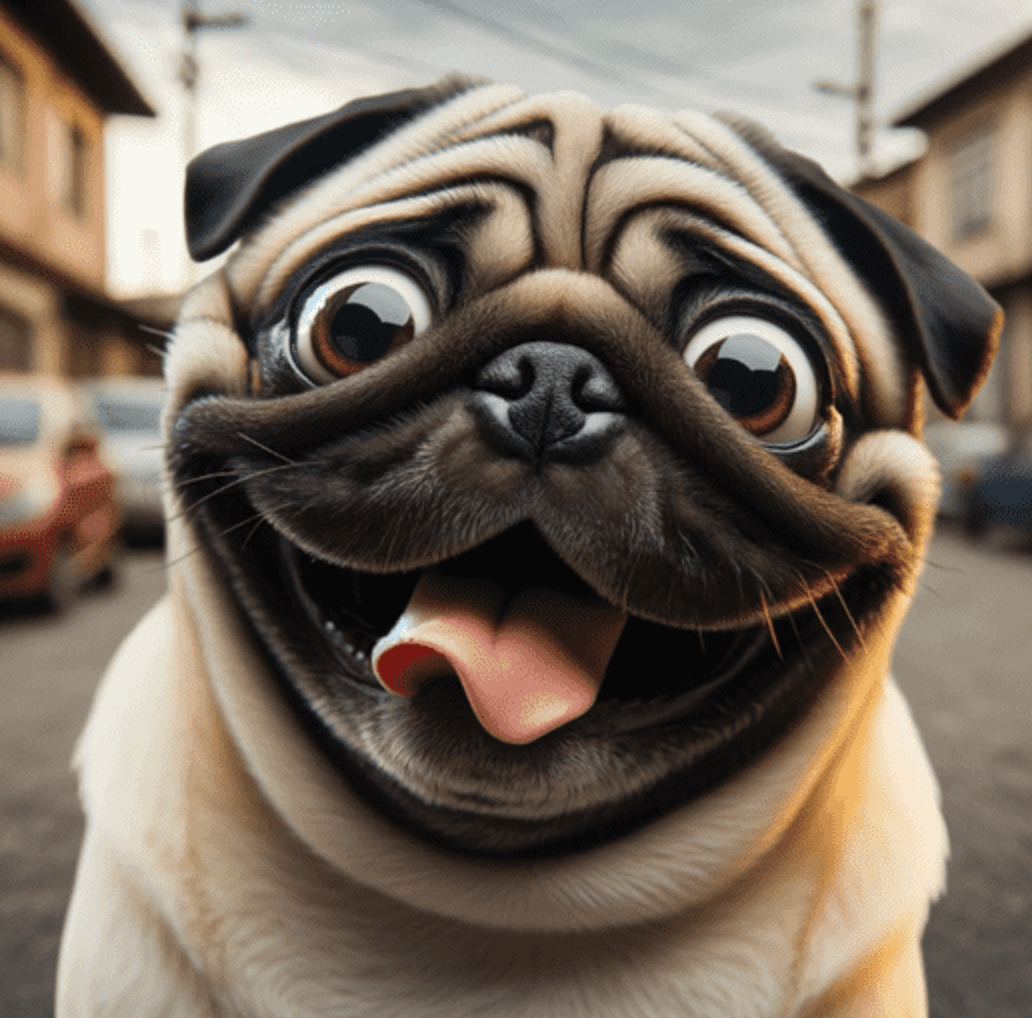- Why Socialization is Essential for Pug Behavior
- Understanding Socialization for Pug Development
- Early Socialization Tips for Pug Puppies
- Socialization Techniques for Adult Pugs
- Organizing Safe Playdates for Pug Socialization
- Step-by-Step Guide to Socializing Pugs in New Environments
- Introducing Pugs to Other Pets for Socialization
- FAQs About Pug Socialization
- When should I start socializing my pug?
- How can I tell if my pug is well-socialized?
- What should I do if my pug shows signs of anxiety during socialization?
- Can I socialize my pug with other pets like cats?
- What are the benefits of organizing pug playdates?
- How do I introduce my pug to a busy environment like a park?
- My pug is shy around other dogs—how do I build their confidence?
- What should I avoid when socializing my pug?
- How do I socialize an older pug that wasn’t socialized properly as a puppy?
- Can professional training help with pug socialization?
Why Socialization is Essential for Pug Behavior
Pug Socialization is one of the most important aspects of pug care. Pugs, like most dogs, are social animals who thrive on interaction with other dogs, people, and their environment. However, pugs have unique personalities that may require extra attention when it comes to socialization. Properly socializing your pug from an early age can prevent behavior issues like anxiety, aggression, and fear of new experiences.
Pugs are naturally friendly, but without early exposure to a variety of people, pets, and environments, they may develop socialization problems. In addition, pugs that are not well-socialized might show fearfulness in unfamiliar situations, making activities like vet visits, grooming appointments, or simply meeting new people stressful for both the pug and the owner. A well-socialized pug is confident, relaxed, and able to adapt to new environments with ease.
In this guide, we’ll explore the different stages of pug socialization, including tips for puppies and adult pugs, how to overcome socialization challenges, and effective ways to introduce your pug to new pets, people, and environments.

Understanding Socialization for Pug Development
What is Pug Socialization?
Socialization is the process of exposing your pug to various people, animals, environments, sounds, and experiences so that they become comfortable and confident in different situations. This exposure helps them understand that new experiences don’t have to be frightening. In pugs, socialization should begin as early as possible, ideally when they are still puppies, but it is also crucial for adult pugs that haven’t had adequate social exposure.
Socialization includes introducing your pug to:
- New People: Visitors to your home, strangers on walks, or trips to pet-friendly places.
- Other Animals: Both other dogs and different types of pets like cats.
- Varied Environments: The park, streets, other people’s homes, or busy public areas.
- Sounds and Stimuli: Cars, doorbells, household appliances, and outdoor sounds like thunderstorms.
Benefits of Socialization for Pugs
Properly socializing your pug comes with numerous benefits:
- Reduced Anxiety: A well-socialized pug is less likely to experience fear or anxiety when meeting new people or animals, or when visiting new environments.
- Better Behavior: Socialized pugs are more likely to have positive interactions with other dogs and people, reducing the risk of aggression or over-excitement.
- Improved Confidence: Socialization boosts your pug’s confidence, making them feel more secure in new situations, which results in better overall behavior.
Enhanced Bonding: Socialization activities often involve playtime, training, or travel, all of which strengthen the bond between you and your pug.
Identifying a Well-Socialized Pug
A well-socialized pug will show the following behaviors:
- Calm Behavior in New Environments: They won’t get overly excited or scared when introduced to new places.
- Friendly Interactions with People and Dogs: They will approach other dogs and people without showing signs of fear or aggression.
- Adaptability: They can adapt to changes in their routine or surroundings without showing signs of stress.
Behavioral Issues in Pugs Without Socialization
Without proper socialization, your pug may develop behavioral issues that can affect their overall well-being:
- Fear Aggression: A pug that hasn’t been exposed to other dogs or people may become defensive or aggressive out of fear.
- Separation Anxiety: Pugs that aren’t used to being around other people or animals may become overly attached to their owners, leading to separation anxiety when left alone.
- Destructive Behavior: Pugs that experience high levels of anxiety may engage in destructive behaviors such as excessive barking, chewing on furniture, or scratching at doors when left alone.
Early Socialization Tips for Pug Puppies
The best time to start socializing your pug is during puppyhood, when they are most open to new experiences. This critical period for social development usually lasts until around 16 weeks of age. The experiences your pug has during this time will shape their behavior for the rest of their life.
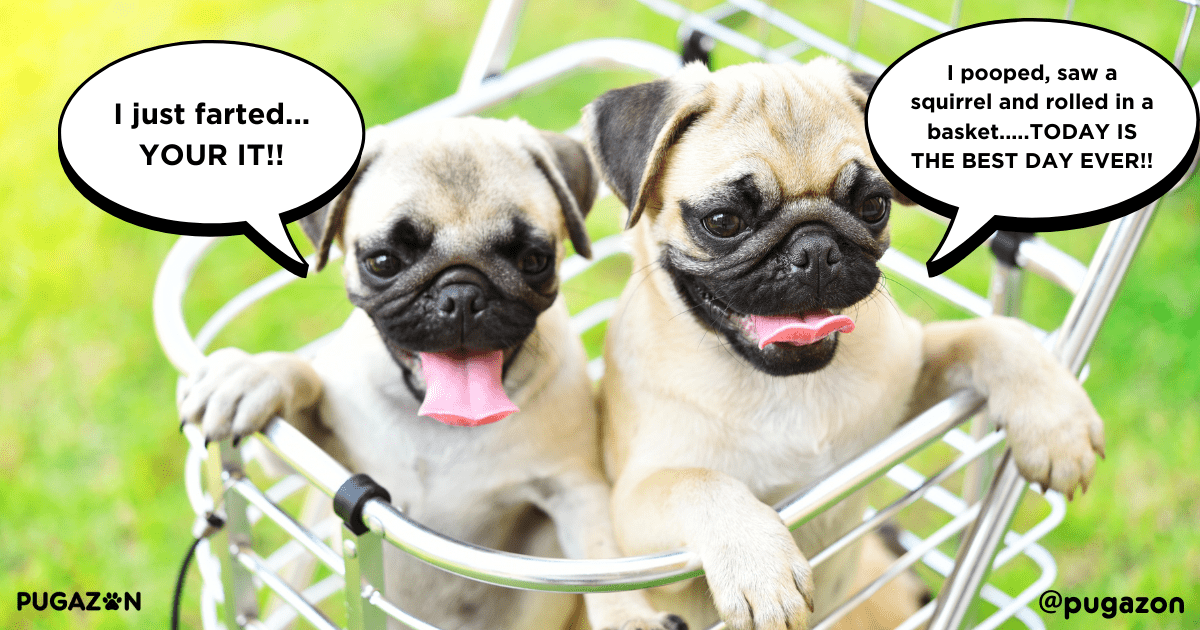
Why Early Socialization is Key for Pugs
During the first few months of life, a pug puppy is naturally curious and less likely to be afraid of new experiences. Exposing them to positive interactions with people, other pets, and new environments at this age helps set the foundation for a confident, well-adjusted adult dog.
Effective Socialization Tips for Pug Puppies
- Start Small: Begin by introducing your puppy to familiar faces and calm environments before gradually exposing them to new people, pets, and places.
- Positive Reinforcement: Always use treats and praise to reward your pug for calm and positive behavior during socialization experiences. This helps them associate new experiences with positive outcomes.
- Exposure to Different Surfaces: Walk your puppy on different surfaces, like grass, concrete, and sand, to help them get used to varied textures under their paws.
Step-by-Step Guide to Early Socialization
- Week 1-2: Introduce your puppy to household sounds like the vacuum cleaner, TV, and doorbell. Take short walks around your home and garden.
- Week 3-4: Start taking your pug puppy for walks outside and introduce them to new people, including neighbors, delivery drivers, and friendly strangers.
- Week 5-6: Begin introducing your pug to other dogs in controlled environments like puppy classes or playdates.
- Week 7-8: Expose your puppy to different environments such as parks, car rides, and outdoor markets.
Last update on 2025-02-11 / * Affiliate links / Image source: Amazon Product Advertising API
Socialization Techniques for Adult Pugs
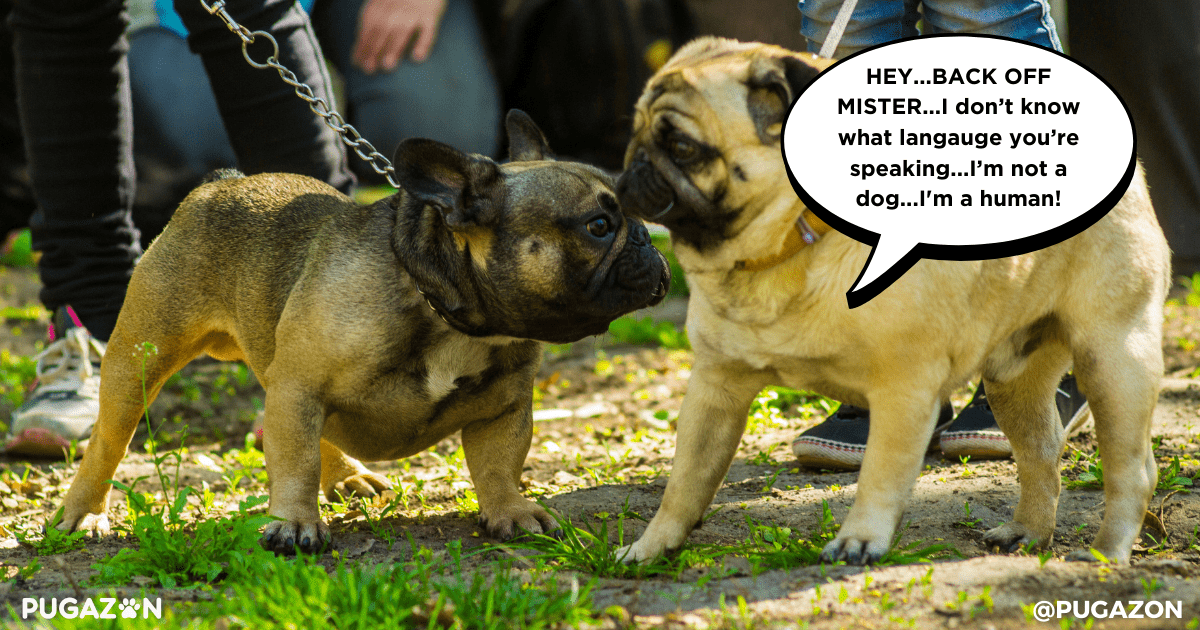
How Pugs Traveled the World: From Ancient China to Europe
Socializing an adult pug that hasn’t had much exposure to different environments or interactions can be a challenge, but it’s never too late to start. Adult pugs may display fear or anxiety in new situations, especially if they haven’t been socialized early in life. Proper socialization can help reduce anxiety, improve behavior, and make your pug more comfortable in unfamiliar environments.
Common Challenges in Adult Pug Socialization
Adult pugs that haven’t been properly socialized during puppyhood might show the following behaviors:
- Fearful Behavior: They may cower, tremble, or try to hide when introduced to new people or environments.
- Aggression: Fear-based aggression toward other dogs or strangers is common in unsocialized adult pugs.
- Excessive Barking: Anxiety around new stimuli often results in excessive barking, especially when confronted with unfamiliar sights or sounds.
- Avoidance: Some pugs may try to avoid new people or pets altogether by retreating, hiding, or running away.
Step-by-Step Plan to Socialize an Adult Pug
Socializing an adult pug requires patience, consistency, and positive reinforcement. Here’s a step-by-step plan to help your adult pug overcome fear and anxiety:
- Step 1: Start Slowly: Begin by introducing your pug to new situations gradually. Start with quiet, calm environments and slowly work your way up to busier settings.
- Step 2: Positive Associations: Use positive reinforcement such as treats and praise whenever your pug stays calm in a new situation. This helps create positive associations with unfamiliar people, pets, and environments.
- Step 3: Controlled Exposure to Other Dogs: If your pug shows aggression or fear toward other dogs, start with controlled exposure. Arrange playdates with calm, friendly dogs and keep the interactions short and positive. Use a leash at first to maintain control and reduce anxiety.
- Step 4: Desensitization to Triggers: Identify triggers that cause anxiety (such as loud noises or unfamiliar people) and expose your pug to them gradually. For instance, if your pug is afraid of the vacuum cleaner, run it for a short period at a distance while offering treats.
- Step 5: Regular Social Outings: Regular exposure to different environments, like parks, pet-friendly cafes, or walks in busy areas, will help your pug get used to new stimuli. Keep sessions short initially, gradually increasing the duration as your pug becomes more comfortable.
Signs of Pug Socialization Progress
Look for these signs as your pug becomes more comfortable with socialization:
- Increased Confidence: Your pug will approach new situations with less hesitation.
- Reduced Fear Responses: They may stop trembling or barking excessively when encountering new people or dogs.
- Calmer Behavior: Over time, your pug will become more relaxed in unfamiliar environments.
Tips for Socialization Success for Pugs
- Be Patient: Adult pugs may take longer to adjust to new social situations than puppies, so it’s important to remain patient and consistent in your approach.
- Use High-Value Rewards: Use your pug’s favorite treats to reinforce calm, positive behavior in stressful situations.
- Stay Calm: Your pug will pick up on your emotional state, so it’s important to stay calm and confident during socialization sessions.
"Pugs were more than just pets in the Chinese imperial court—they were symbols of divine favor and royal power, beloved companions who enjoyed privileges that few could ever dream of."
Organizing Safe Playdates for Pug Socialization
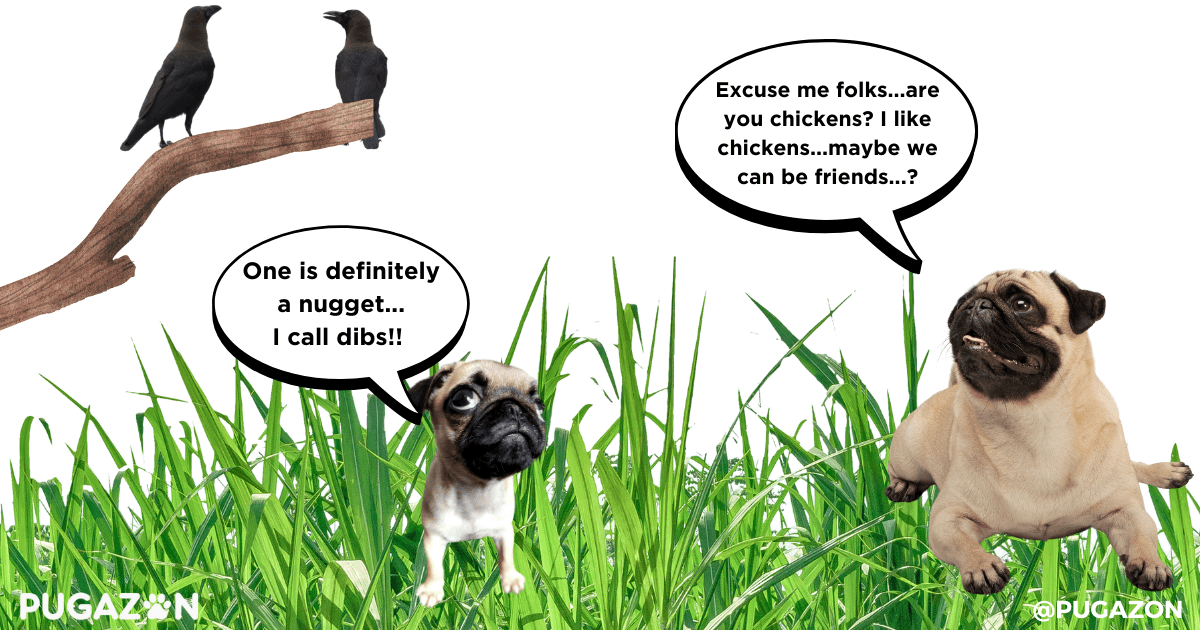
Organizing playdates for your pug is an excellent way to provide regular socialization opportunities in a controlled, safe environment. Playdates allow your pug to interact with other dogs, build confidence, and burn off energy. However, it’s important to ensure that these interactions are safe, positive, and enjoyable for all dogs involved.
Social Benefits of Pug Playdates
- Physical Exercise: Playdates give pugs an opportunity to exercise in a fun and interactive way, which helps prevent obesity and related health issues.
- Mental Stimulation: Playtime with other dogs offers mental stimulation, helping to keep your pug sharp and engaged.
- Improved Social Skills: Regular playdates help pugs learn appropriate play behavior, teaching them how to interact with other dogs calmly and respectfully.
Steps for Organizing a Successful Pug Playdate
Follow this checklist to organize a successful pug playdate:
Task | Details |
Choose the Right Location | Opt for neutral ground, such as a dog park or backyard. Avoid your home initially to prevent territorial behavior. |
Select Compatible Playmates | Ensure the other dogs are similar in size and temperament to your pug to avoid overwhelming them. |
Keep Sessions Short | Start with 30-minute playdates, gradually extending the duration as your pug gets comfortable. |
Bring Treats and Water | Bring treats to reward good behavior and water to keep your pug hydrated during playtime. |
Ensuring Safety in Pug Playdates
- Supervise at All Times: Never leave dogs unattended during playdates. Closely monitor their interactions to prevent any potential conflicts.
- Watch for Signs of Stress: Look for signs of stress or discomfort in your pug, such as excessive panting, hiding, or trying to escape. If you notice these signs, give your pug a break from the interaction.
- Introduce Slowly: When introducing your pug to a new dog, keep both dogs on a leash initially and allow them to sniff each other from a distance. Gradually increase their interaction if both dogs show calm, positive behavior.
Overcoming Challenges in Pug Playdates
- Overexcitement: Some pugs may become overly excited and play too roughly. If this happens, separate the dogs for a few minutes to allow them to calm down before resuming playtime.
- Shyness: If your pug is shy or hesitant to engage with other dogs, don’t force the interaction. Instead, encourage them with treats and praise for calm behavior. Over time, they’ll feel more comfortable.
Always Stay Up to Date
Step-by-Step Guide to Socializing Pugs in New Environments
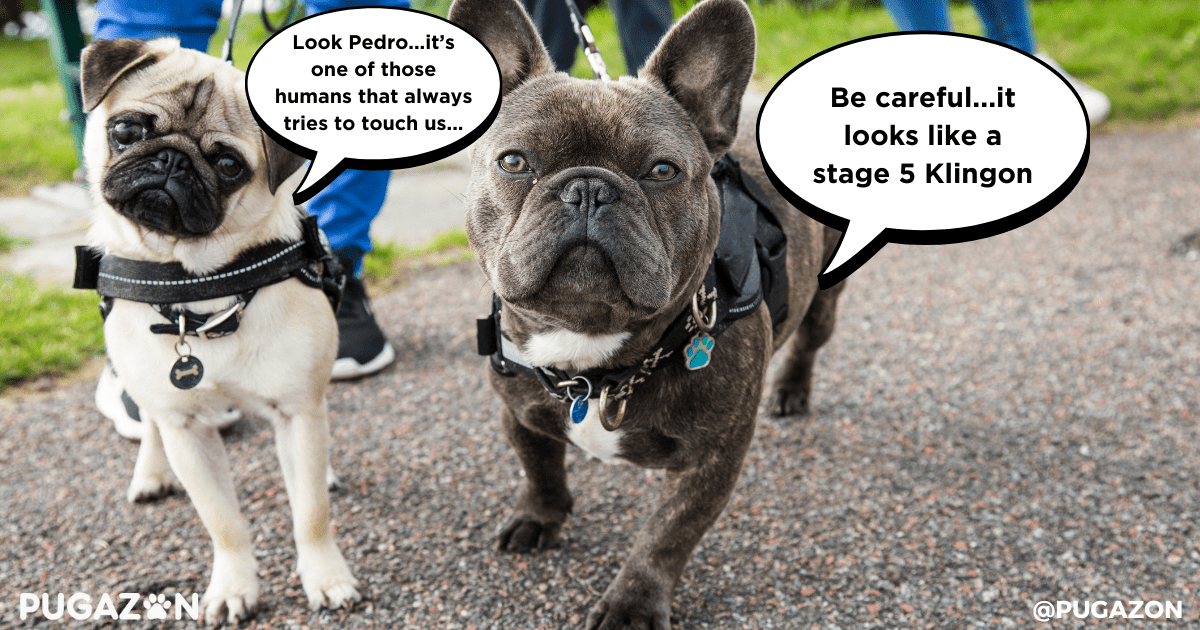
Pugs, like most dogs, can sometimes be sensitive to new environments and situations. Whether it’s their first trip to a new park, a visit to the vet, or simply exploring a new area of the house, pugs need proper guidance to handle unfamiliar surroundings confidently. Introducing your pug to new experiences gradually and positively is key to preventing anxiety or fear-based behavior.
Practical Tips for Pug Socialization Success
Introducing your pug to new places should be a gradual process that includes plenty of positive reinforcement.
- Step 1: Start with Familiar Surroundings
Before introducing your pug to new environments, ensure they feel secure in their home environment. Familiarize them with all areas of the house, allowing them to explore rooms, staircases, and different textures (carpet, tile, grass). - Step 2: Choose a Calm Environment for First Outings
Begin with calm, quiet environments such as your backyard or a quiet neighborhood street. Start with short sessions, around 10–15 minutes, to avoid overwhelming your pug with too much stimuli at once. - Step 3: Gradual Exposure to Busier Environments
As your pug becomes more comfortable, gradually introduce busier environments like parks, pet-friendly stores, or social gatherings. Be sure to observe their behavior closely and withdraw from situations if your pug shows signs of stress (panting, drooling, pacing). - Step 4: Offer Positive Reinforcement
Reward your pug with treats, praise, or toys whenever they exhibit calm behavior in new environments. Positive reinforcement creates positive associations with new experiences.
- Step 1: Start with Familiar Surroundings
Practical Tips for Success
- Keep Sessions Short: Initially, limit exposure to new environments to short sessions of 10-20 minutes. Gradually increase the duration as your pug becomes more comfortable.
- Use a Leash or Harness: Ensure your pug is on a leash or harness during outdoor socialization. This provides them with security and gives you control over the situation.
- Bring Familiar Items: Bring along a familiar blanket, toy, or even a bed to make your pug feel more comfortable in the new space. Familiar scents can help reduce anxiety.
Example Scenarios for Successful Pug Socialization
- Veterinary Visits: Vet visits can be stressful for many dogs. Before taking your pug to the vet, make short visits to the clinic without an exam to get them accustomed to the environment. Offer treats and positive reinforcement to associate the vet’s office with positive experiences.
Dog-Friendly Stores: If you’re visiting a pet-friendly store with your pug, start by exploring quiet aisles before moving to busier areas. Encourage interaction with the staff or other friendly dogs at the store to build your pug’s social confidence.
Introducing Pugs to Other Pets for Socialization
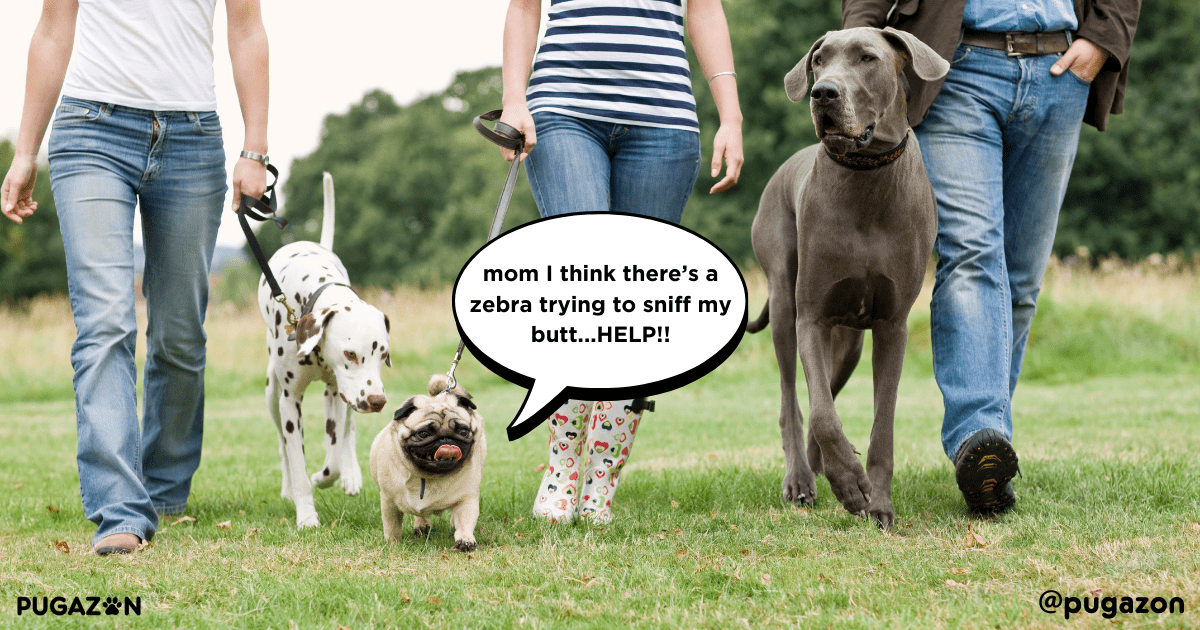
Introducing your pug to other pets, such as cats or other dogs, can be an exciting but challenging process. Pugs are generally friendly and social, but the introduction to other pets must be handled carefully to ensure all animals feel comfortable and safe. Whether you’re introducing a new pet to a pug-friendly home or helping your pug adapt to an environment with other animals, proper socialization is key.
Socializing Pugs with Other Dogs
When introducing your pug to other dogs, it’s important to monitor their interactions closely and ensure both dogs feel safe and relaxed.
- Step 1: Neutral Territory
Make the first introduction on neutral ground, such as a park or a friend’s yard, to prevent territorial behavior. This helps both dogs feel less defensive. - Step 2: On-Leash Introduction
Keep both dogs on a leash initially and allow them to sniff each other from a safe distance. Gradually let them get closer if both dogs show calm and positive behavior. If either dog shows signs of discomfort (growling, barking, pulling away), separate them and try again later. - Step 3: Monitor Playtime
If both dogs are comfortable, allow them to interact off-leash in a safe, enclosed space. Supervise closely to prevent rough play or aggression. Intervene immediately if you notice any signs of stress or aggression.
Socializing Pugs with Cats
While pugs are typically friendly, introducing them to a cat requires patience and careful observation.
- Step 1: Separate at First
For the first few days, keep your pug and cat in separate rooms but allow them to sniff each other under the door. This helps both animals become familiar with each other’s scent. - Step 2: Supervised Face-to-Face Introduction
Once they seem comfortable, introduce them in a controlled environment. Keep your pug on a leash and give your cat plenty of space to retreat if needed. Allow short face-to-face interactions, rewarding calm behavior from both animals. - Step 3: Gradual Interaction
Over the next few weeks, gradually increase the time they spend together, but always supervise their interactions. Make sure the cat has escape routes or high places they can retreat to if they feel threatened.
Checklist for Successful Pet Introductions
Task | Details |
Neutral Ground for Dog Introductions | Avoid introducing new dogs in your pug’s home to prevent territorial issues. |
On-Leash Introductions | Keep initial interactions controlled by using a leash or harness. |
Reward Positive Behavior | Provide treats and praise whenever your pug remains calm. |
Supervised Play | Always supervise playtime with other dogs to prevent rough behavior. |
Separate Spaces for Cats | Give cats their own space during initial introductions to reduce stress. |
Patience and Gradual Progress | Introduce pets slowly over a period of days or weeks for best results. |
FAQs About Pug Socialization
The best time to start socializing your pug is during their puppy stage, ideally between 3-12 weeks of age. During this critical period, puppies are most receptive to new experiences, making it the ideal time to expose them to various people, animals, and environments. If your pug is already an adult, it’s never too late to begin socializing them, though the process may take more time and patience.
A well-socialized pug will display the following behaviors:
- Calm demeanor when meeting new people or animals.
- Confidence in new or busy environments without signs of stress (trembling, hiding).
- Positive, non-aggressive behavior with other dogs and pets.
- Ability to adapt to new experiences, such as visiting the vet or traveling.
If your pug exhibits anxiety during socialization (e.g., excessive panting, trembling, or hiding), follow these steps:
- Remove them from the situation: Take your pug out of the stressful environment and bring them somewhere quiet where they feel safe.
- Gradually reintroduce: Start slowly and increase exposure to new stimuli over time. Ensure each experience is positive by offering treats and praise.
- Desensitization training: Introduce your pug to anxiety-inducing situations in small doses, rewarding calm behavior each time.
Yes, pugs can be socialized with other pets, including cats. The introduction process should be gradual, with both pets being given space to observe each other from a distance at first. Start by allowing them to sniff each other’s scent and eventually move toward supervised interactions. Always provide an escape route for your cat to ensure they don’t feel threatened.
Playdates offer a safe environment for pugs to:
- Burn off energy: Physical play helps maintain their fitness and reduces the risk of obesity.
- Learn social cues: Pugs learn how to interact with other dogs, improving their social skills.
- Reduce boredom: Regular interaction with other dogs helps prevent boredom and destructive behavior.
Introducing your pug to busy environments should be done gradually:
- Start by walking them in a quiet park at a time when there are fewer people and dogs around.
- Slowly increase the level of activity by visiting the park during busier times, keeping interactions short and rewarding calm behavior.
- Always use a harness and leash to maintain control during these initial exposures.
To build your pug’s confidence around other dogs, arrange controlled, low-pressure interactions:
- Begin with calm dogs: Set up playdates with calm, friendly dogs that won’t overwhelm your pug.
- Use positive reinforcement: Reward calm behavior with treats and praise.
- Go at their pace: Don’t force interactions; allow your pug to approach new dogs when they feel ready
Avoid these common mistakes during socialization:
- Rushing the process: Don’t expose your pug to too many new experiences at once, as this can lead to overstimulation or fear.
- Negative reinforcement: Avoid punishing your pug if they react fearfully to new situations, as this can increase anxiety.
- Forcing interactions: Never force your pug to interact with other dogs or people. Let them approach new experiences at their own pace.
While it can be more challenging to socialize an adult pug, it’s still possible with the right approach:
- Start small: Begin with calm, familiar environments before gradually introducing new stimuli.
- Positive reinforcement: Reward your pug for calm behavior with treats and praise.
- Patience: Take your time and don’t rush the process. Older pugs may take longer to adjust to new experiences, but consistency is key.
Yes, professional trainers can provide valuable assistance with socialization, especially for pugs that show signs of aggression or extreme anxiety. A trainer can create a customized socialization plan tailored to your pug’s specific needs and behaviors.


